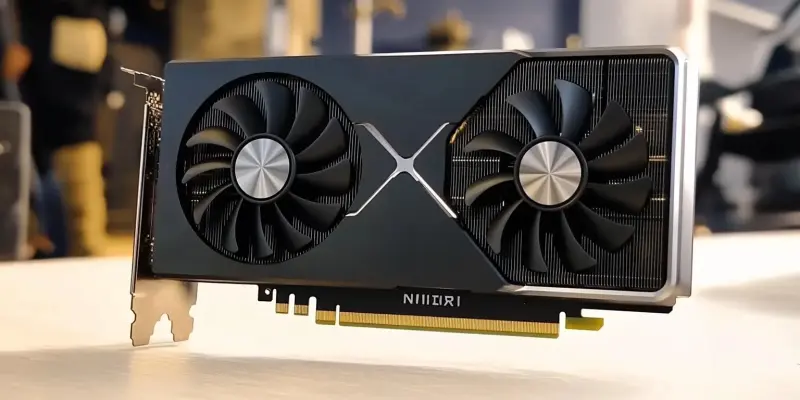Concerns about Nvidia’s latest RTX 5080 and RTX 5090 GPUs have surged after reports of power connector failures, with users noting unsettling incidents of melting. This worrying trend has emerged as users sound the alarm about a serious defect that risks damaging cutting-edge hardware. Complaints echo previous issues identified with the RTX 4090 units, drawing particular focus now from tech enthusiasts and industry analysts.
A Reddit user, identified as Ambitious_Ladder1320, recently shared a harrowing experience involving their Asus ROG Loki PSU and an RTX 5080 GPU. They detected a red alert light on the GPU and upon investigating, discovered that their 16-pin power connector had melted. Despite multiple attempts to reconnect, the damage persisted, leading to lowered resolution, a drop in refresh rate, and a forced switch to PCIe 3.0 mode. Similar reports have surfaced online from other ROG Loki PSU users, although it’s unclear if they all pertain to RTX 5080 or 5090 cards.
Notably, another incident involved an RTX 5090 Founders Edition using a Moddiy third-party cable. The cable, previously reliable with an RTX 4090, melted on both ends. This recurrence of the issue pushes the question of the efficacy of these power connectors into the spotlight. Tests performed by prominent tech reviewers Steve Burke from Gamers Nexus and Der8auer revealed critical overheating problems. These tests highlighted uneven power distribution in the connectors, with temperatures soaring to an alarming 150°C on the PSU side, far surpassing safe operational limits.
These repeated incidents underscore significant concerns regarding the power delivery mechanisms in Nvidia’s new GPUs. The power connector problem is not limited to proprietary designs, also affecting third-party connectors, exacerbating the reliability issues these advanced but delicate components face. It implies a broader systemic issue, casting doubt on the robustness of Nvidia’s hardware design strategies.
Given the gravity of these problems, a thorough investigation into the root causes is imperative to prevent potential widespread damage and preserve user trust. Nvidia must prioritize transparency and timely solutions to mitigate these risks, ensuring future iterations of their GPUs do not inherit this critical fault. The tech community and stakeholders eagerly await substantive responses to alleviate these growing anxieties around Nvidia’s flagship GPU offerings.

